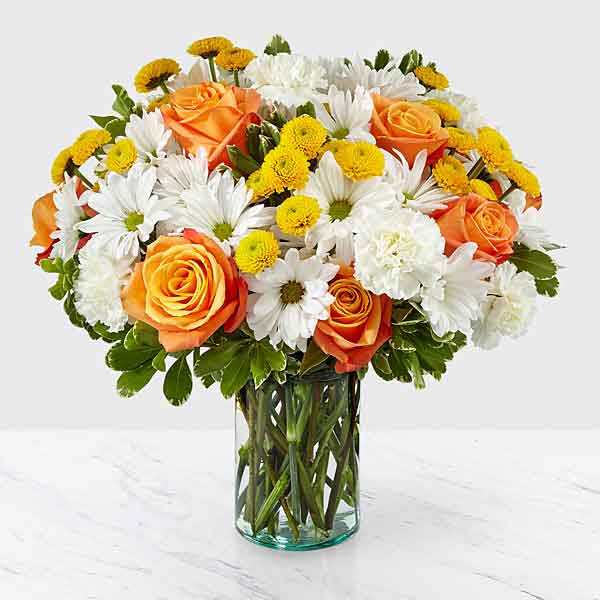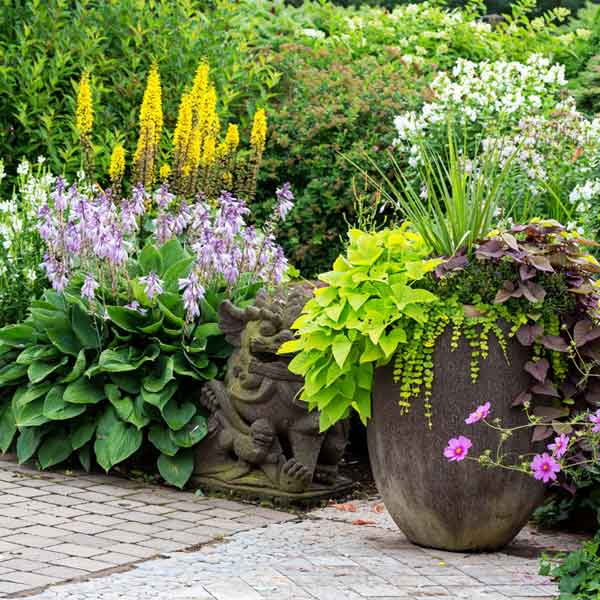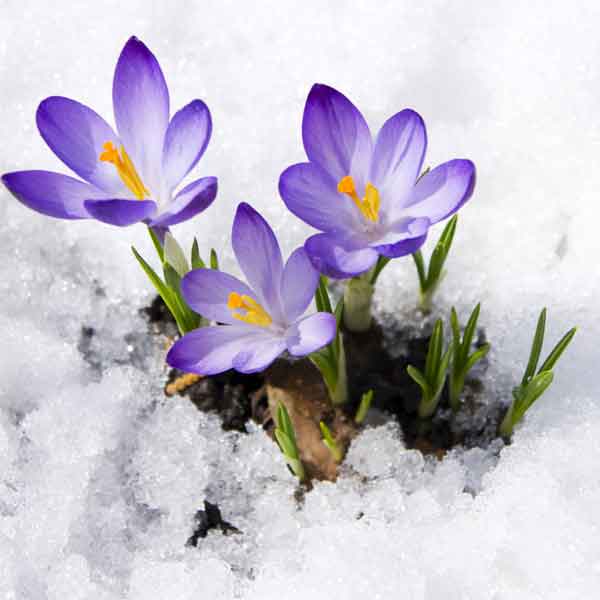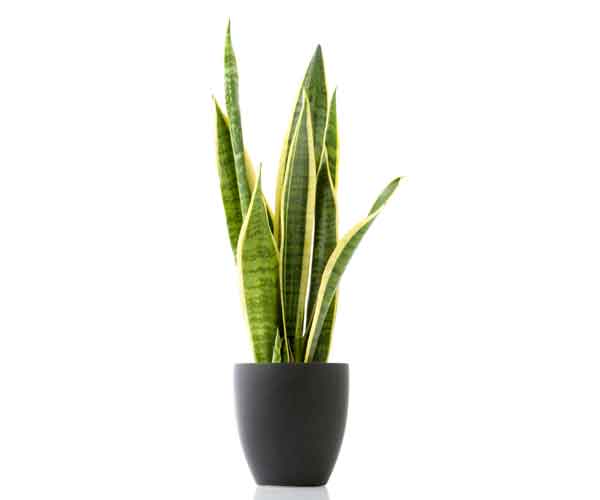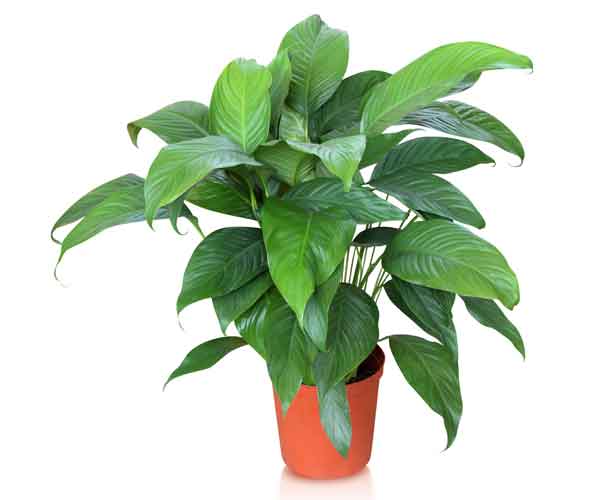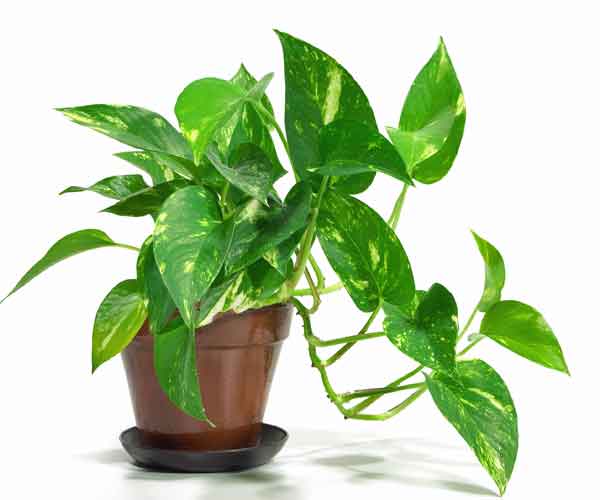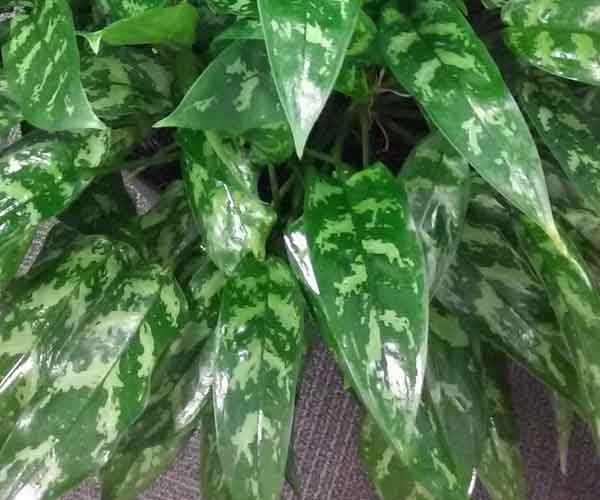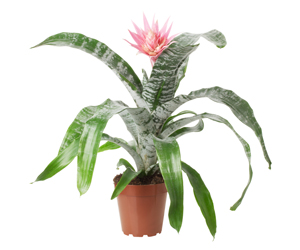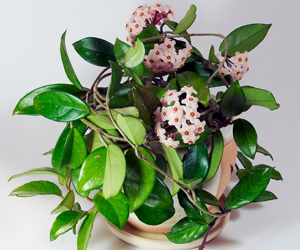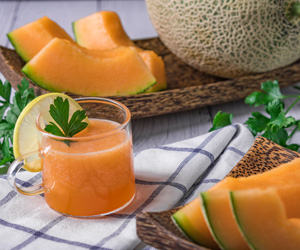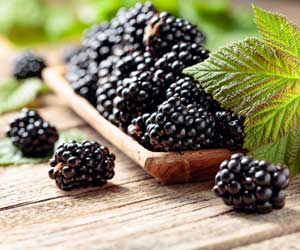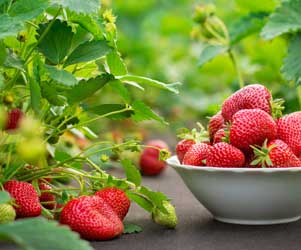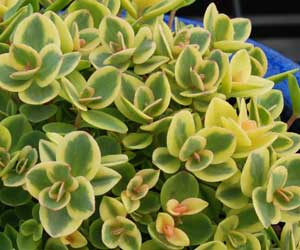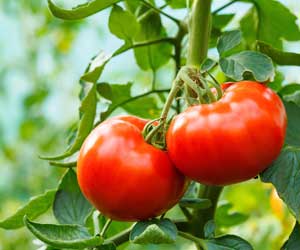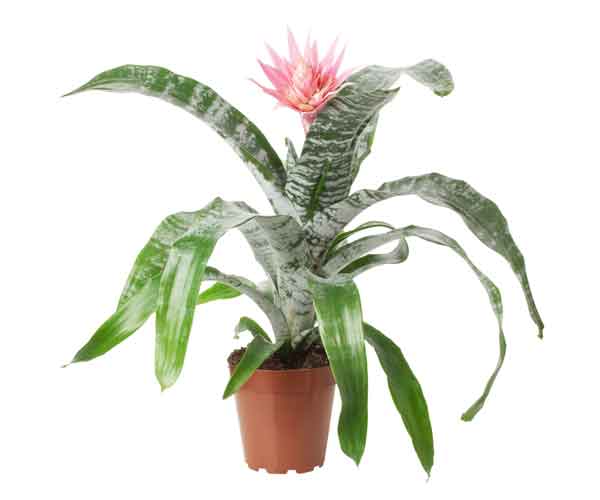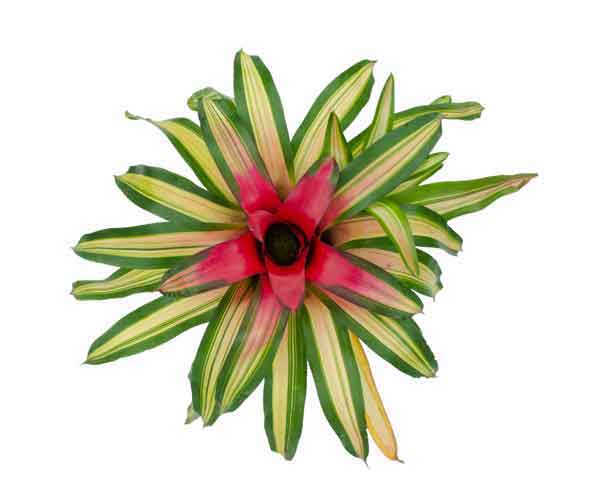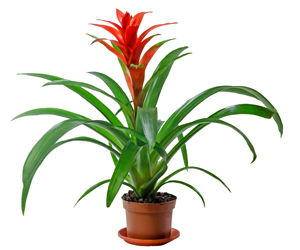Aglaonema Maria Care
House Plants Flowers
A favorite interior design plant, the Aglaonema Maria is one of the most used indoor plants. Also known as Chinese Evergreen, the Aglaonema Maria is an easy to care for house plant. We use Aglaonema Maria plants often in our interior landscape accounts because they can be maintained for extended periods of time at the lower light levels often found in the office environment. This makes it ideal for use in the home, too.

Aglaonema Maria Plant
New varieties of Aglaonema plants are introduced quite often. Sometimes these new varieties of Aglaonema are healthy and robust and sometimes they develop problems and they are no longer grown. The last time I checked there were more than twenty varieties of Aglaonema plant available from different tropical plant nurseries in Florida.
Chinese Evergreen is the common name for Aglaonema plant. The most common varieties of Aglaonema are the Aglaonema Maria a.k.a. Emerald Beauty, Aglaonema Silver Queen and the Aglaonema Silver Bay. They have a bush-like or clumping growth and, depending on the pot size, can be from 8 inches to 4 feet tall.
Aglaonema Maria Houseplant Care Question?
Aglaonema Maria house plant care questions? You can send a houseplant care question but before you do, please read this information on watering your indoor houseplants, how to help keep your houseplant's root system healthy, lighting for your houseplants, and basic houseplant care. These are most important for your houseplant's health and this is some of the information I will refer you to if you send an email.
Plants Flowers & Pets
Over the years, I have had many animals and plants in the same house and have not had too many problems. I always make my best effort to keep houseplants out of the reach of pets. That can be difficult, especially with cats, as they seem to be able to get just about anywhere they please! Being an animal lover, as many people are, I thought it would be helpful to add a link for those with questions about pets and houseplants, as I have received a few emails with questions on the subject. Do not allow pets to eat your indoor houseplants or your outdoor plants. Questions about plants and pet safety?
This is a link to the ASPCA, Animal Poison Control, Toxic and Non-Toxic Plants list.
Although the Aglaonema modestum is all green, most, if not all, current varieties of Aglaonema are variegated to some extent. The all green Aglaonema modestum is hard to find. Variegated indoor plants need higher light intensity than those with less or no variegation. Typically, the lighter the color of a plant, the higher the light levels it needs to maintain its color and variegation.
Aglaonema Maria Plant Care
How to Water
In higher light, you can allow the potting mix to dry down 1/2 to 3/4 of the way out before thoroughly watering your Aglaonema Maria. In a lower light situation, allow soil to dry almost completely between watering. Please read the sections on watering, lighting, and basic houseplant care for more on the most important part of your Aglaonema Maria plant care.
Aglaonema Maria Plant Care
Proper Lighting
Aglaonema Maria is a great plant for just about any location except full sun. Full sun, especially through glass, can scorch the exposed leaves. Aglaonema Maria plants will survive in low light but will become thin and leggy. For a nice looking plant, try to provide bright, diffused natural light or some artificial or fluorescent lighting. This plant will do quite well with just artificial lighting. For this reason it is ideal for use in professional office space.
Although generally trouble free, you may encounter a few problems with Aglaonema Maria plant. Aglaonema Maria is prone to stem rot and root rot if over-watered. This is especially true if your Aglaonema plant is in low light. The light your plant receives is the biggest factor in determining the watering of your Aglaonema Maria.
Other Aglaonema Maria
Plant Care Tips
The Aglaonema Maria plant is not a cold tolerant plant. Temperatures should not be allowed to fall much below 60℉. Cold temperatures can permanently damage the leaves of Aglaonema Maria.
You can help keep your Aglaonema Maria plant full and bushy by removing some of the new leaves as they appear. Do this by firmly grasping the stem the new leaf grows from and hold the new leaf near its base and gently pull. It should come out entirely and this is preferred. You should not use scissors. Instead, leaves and flowers should be removed completely with no tissue left behind. Wounds on a plant allow for entry of disease and can attract insects.
Home Garden Plants Flowers
When your Aglaonema plant gets leggy and has lost many lower leaves, you can cut your plant's stalk or stem off above a leaf node to promote some new, healthy growth. Cut a few inches above the soil level and after a time the stem will put out some new shoots from the side of the stalk.
You can root the cutting in moist sand or suitable media, using rooting hormone. If your cutting is quite long, you can cut into pieces of about 3 inches long and root each piece. You can lay it on its side to root or position vertically on one end.
Plant in potting media when the roots are a few inches long. Always start with a small pot, maybe 4 inches in diameter. You can pot up as the roots fill the existing pot. You may need to support cuttings with a small stake until the roots can do the job alone. More about Aglaonema Maria plant care below...
Mealy bugs are one of the problems that you may have with Aglaonema Maria houseplant. An oval shaped, somewhat flattened body and six legs distinguish this insect, although they can appear to have more legs because of their "antennae" and "tails". They also have a fringe around the body. If you need help identifying mealy bugs, here is a good picture for you.
A waxy, protective substance covers the body of adults and egg sacs giving them a cottony appearance. Normally they are found in hidden areas, undersides of the leaves or in leaf axil. When the population is out of control, they can look like snow covering your plants. They also excrete a sticky substance called honeydew, which can also attract ants. Keep a watchful eye out for this pest, especially when you first bring a new plant home.
Consider a quarantine for any new additions to your indoor house plant family for a few weeks just to be sure there are not any insects that were not noticed at first. Wash down your new indoor house plant with a mixture of water and mild dish detergent. I like to add a few drops of Eucalyptus essential oil or Orange essential oil to my house plant cleaning solution.
Apply to top and lower leaf and stem surfaces of your house plants, being careful not to saturate the soil. You can clean by hand or use a spray bottle to apply your house plant cleaning solution. I use a sponge moistened with my cleaning solution to gently wipe the top and lower leaf surfaces. Cleaning of your houseplants should be a regular part of your houseplant care.
Never apply anything to the foliage of your plant while it is in the sun or when the soil is dry. Water first and move to a shady location. Hope this has been helpful to you as you care for your indoor plants and flowers! More houseplant care information below...
Plants & Flowers
Easy House Plants
Plants Flowers Pots
Bonsai Trees Plants

A bonsai tree or plant for indoors or outdoors makes a great gift for any gardener. Treat that special person, or yourself, to a beautiful bonsai. May earn commission. Bonsai Boy of New York.
Citrus Trees Plants
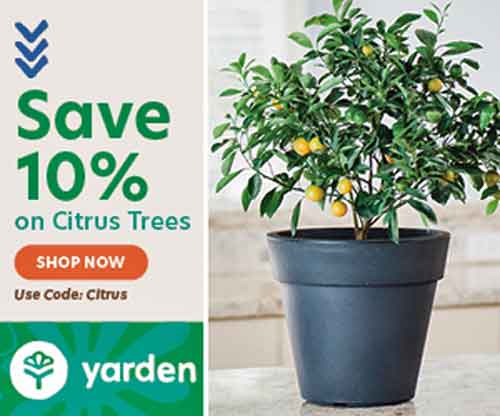
Pomegranate trees, avacado plants, guava, and more. Find fruit and citrus trees for your growing zone. Grow in ground or in containers. May earn commission on sales. Browse trees and plants.
Home Gardening
Bromeliad House Plants
Social Media Pages
Plants Flowers
Twitter
Tweets by plantcare2
PFI Facebook Page
Home and Garden
Houseplant Care Question?
Questions about your indoor house plants or plant care problems? You can send a house plant question, free of charge, no sign ups, registration or log in required!
Before you send a houseplant care question, please be sure to read this information on watering your indoor house plants, how to help keep your your indoor house plants root system healthy and lighting for your indoor house plants and flowers. These are most important for the health of your house plants and this is some of the information I will refer you to if you send an indoor house plant or flower care question.
You can post comments, find answers to plant care questions, or share some of your own plant wisdom on our plant care Facebook Page, Twitter page or visit my plant care blog. You can also find plant pictures, gardening ideas, and more at our plant and flower Pinterest page.
Thanks for visiting and come back soon as houseplant care information, pictures and more are being added all of the time. I hope that your indoor tropical house plants and all of your plants and flowers are happy, green and growing because that is why I started this indoor house plant and flower care website, PlantAndFlowerInfo.com.
Common House Plants Flowers Care Guide
Indoor Plants Pictures Names ⚘ Best Indoor Plants ⚘ Adiantum Fern Care ⚘ Aechmea Bromeliad Plant ⚘ Aglaonema Plant Care ⚘ Aglaonema Maria Plant Care ⚘ Aglaonema Silver Queen Plant Care ⚘ Aglaonema Silver Bay Plant Care ⚘ Anthurium Plants ⚘ Aphelandra Plant ⚘ Arboricola Plant Care ⚘ Aspidistra Plant Care ⚘ Asplenium Nidus Plant Care ⚘ Basic Houseplant Care ⚘ Birds Nest Ferns Plant Care ⚘ Boston Ferns Plant Care ⚘ Botanical Calendars ⚘ Bromeliad Plants ⚘ Build A Greenhouse ⚘ Buy Greenhouse ⚘ Buy House Plants ⚘ Cast Iron Plant ⚘ Chinese Evergreen Plant Care ⚘ Chlorophytum Plant Care ⚘ Codiaeum Houseplant Care ⚘ Corn Plant Care ⚘ Croton Plant Care ⚘ Devil's Ivy Plants & Care ⚘ Dieffenbachia Plant Care ⚘ Dracaena House Plant Care ⚘ Dracaena Janet Craig Plant Care ⚘ Dracaena Marginata Plant Care ⚘ Dracaena Warneckii Plant Care ⚘ Dumb Cane Plant ⚘ English Ivy Hedera ⚘ Ferns Plant Care ⚘ Ficus Trees Plants ⚘ Fittonia Plant Care ⚘ Flower Calendars ⚘ Heart Leaf Philodendron ⚘ Hedera English Ivy ⚘ How to Care for Marble Queen Pothos ⚘ Hoya House Plants ⚘ Lady Palm Plant ⚘ Lucky Bamboo House Plant Care ⚘ Maidenhair Ferns ⚘ Marble Queen Pothos ⚘ Marginata ⚘ Money Tree Plant Care ⚘ Mother In Law Tongue Plant Care ⚘ Nephthytis ⚘ Norfolk Island Pine ⚘ Orchid Flowers ⚘ Palm Plants ⚘ Peace Lily Care ⚘ Philodendron Cordatum ⚘ Philodendron Silver Care ⚘ Plant Calendars ⚘ Poinsettia Plant Flower Care ⚘ Pothos Plant Care ⚘ Rhapis Palm Plant Care ⚘ Sansevieria Plant Care ⚘ Schefflera Plant Care ⚘ Self-Watering Planters ⚘ Care of Silver Bay Plant ⚘ Snake Plant Care ⚘ Spathiphyllum Care ⚘ Spider Plant Care ⚘ Care of Syngonium Plant ⚘ Succulent Plant Care ⚘ Warneckii Plant Care ⚘ Weeping Fig Tree ⚘ Zebra Plant ⚘ ZZ Plant House Plant Care ⚘ Plant Links
Other Plant Flower Links
Best Indoor Plants ⚘ Indoor House Plants Pictures Names ⚘ Water Indoor Plants ⚘ Lighting Indoor Plants ⚘ Bonsai Plants ⚘ Common House Plants ⚘ Indoor Palm Plant Care ⚘ Orchids ⚘ Pets & Plants ⚘ Buy Tropical Orchids Orchid Care ⚘ Plant Flower Gifts ⚘ Buy Plants Flowers ⚘ House Plant Guide ⚘ How To Books ⚘ Flowers Plants Poster Prints ⚘ Orchid Art & Posters ⚘ Gardening Calendars ⚘ Greenhouse Books-Gardening
